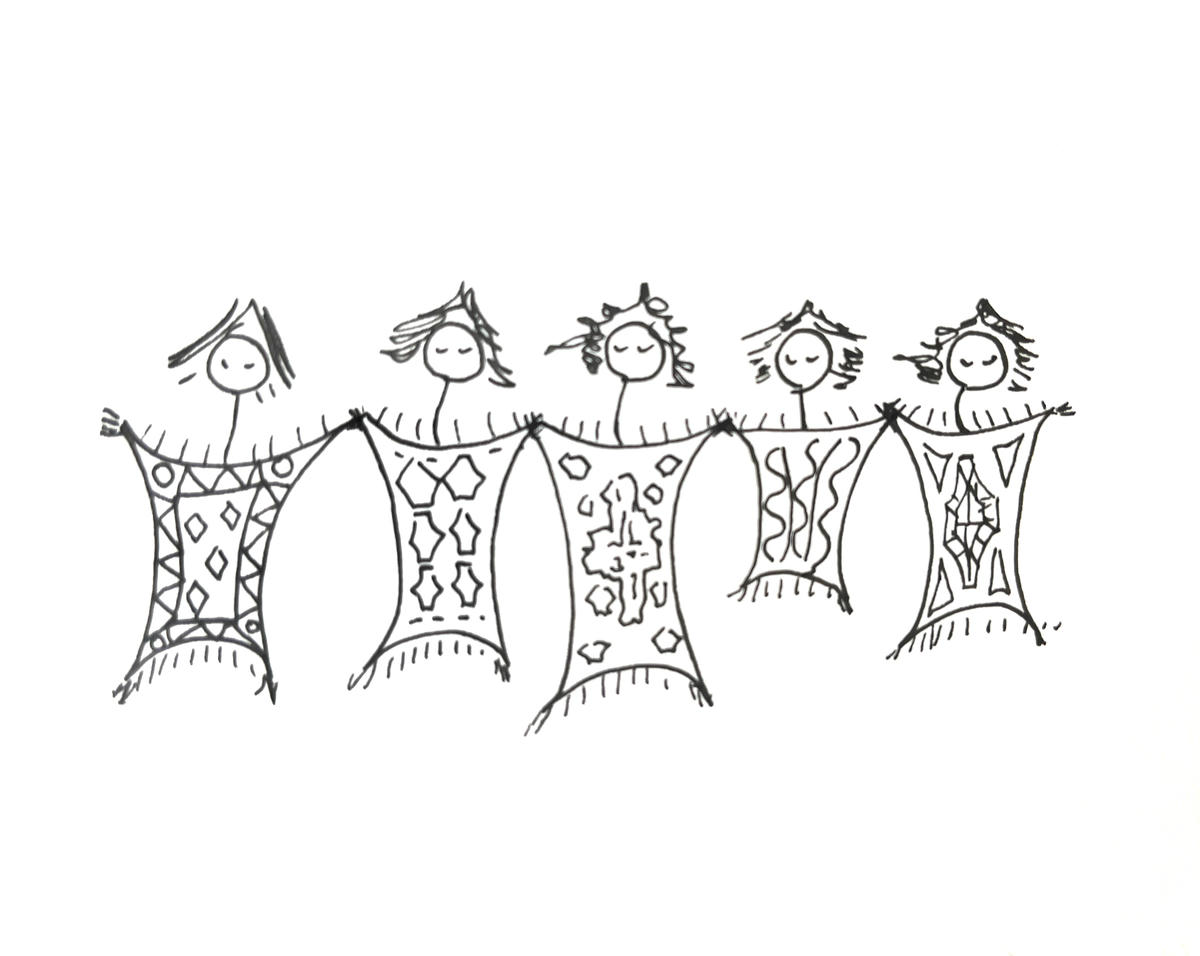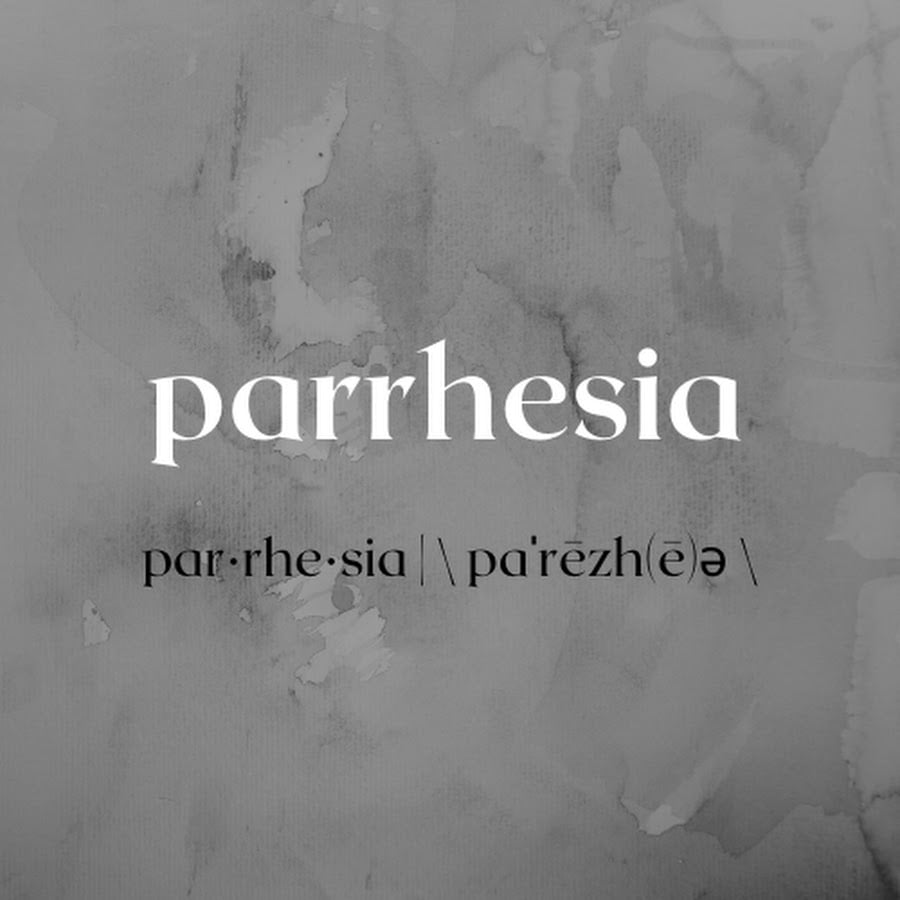Armenian Carpets, Migration, and Solidarity


TAMAR GÜRCİYAN
Recently, an event titled 'Armenian Rug Day' took place in Berlin. The event was organized by Café Arakil, which is located in the newly opened building of Spore, an initiative focused on climate justice and ecological regeneration. The café is managed by young Armenians, bringing together various communities through events.
The Armenian Carpet Day started with a presentation on the history of Armenian carpet-making in the Ottoman Empire, the characteristics of the carpets they produced and the political aspects of this production. The presentation was held on the carpets that were brought by Armenians living in Berlin. Afterwards, a carpet washing workshop took place, accompanied by a performance by the newly established Pobig music ensemble. Lastly, Parajanov's film 'The Color of Pomegranates,' in which he frequently used Armenian carpets, was screened, embodying his description of his films as “a carpet on the wall, with a melody sewn on it with a golden thread.”
I missed the first presentation. During that time, I encountered the production of an art installation titled ‘immigration-welle’ [wave of migration] in the garden. We sat around the wave as it was being applied onto a long blue fabric using a printing technique. Carpets and migration! I also have a carpet that my mum gave to me. It was moved from my room in Istanbul to the floor of my home in Berlin, carrying the past with it. Edward Hollis, in his book ‘The Memory Palace: A Book of Lost Interiors,’ describes his grandmother's house as a museum of lost interiors and tells us the lost stories of interiors through palaces. Every time we move, we carry the story of the previous interior to the new one. I believe that carpets have a different place in our homes compared to other items. While carpets can be the essence of a migration story on one hand, on the other hand, they preserve the place where they are laid and continue to create new stories with the warmth they bring to the space.
I met my friend Sirarpi and her mother at this event. Her mother told me the story of the carpets they brought to the event. Sirarpi’s grandmother bought this carpet from Moscow, which was weaved by Hay Gork carpet factory in the 1950s while she was pregnant with Sirarpi’s mother. After Sirarpi and her mother migrated from Armenia to Germany in 1998, they managed to bring the carpet to Berlin despite some difficulties. Her mother whispered in my ear, "Now this carpet belongs to Sirarpi, and in the future, it will be passed down to her daughter." For Sirarpi, this carpet is a piece of the grandmother she never met. The main characters of this story are women and their daughters; their story continues to grow as it is passed down to the women of the family along with the carpet.
Hratch Kozibeyokian, the president of the Armenian Rug Society and a carpet expert, says in a YouTube interview that every carpet tells a story. A trained eye can understand whether a carpet was made in Antep or Sivas by looking at its color, design, and weaving technique. Each carpet carries unique characteristics of its region, much like the lost dialects of the Armenian language. The production method of its silk and the dye of its threads also carry the local knowledge of its region.
In an Armenian tale, a beautiful peasant girl named Anahid that she will marry Vachakan, the Prince of Aghvan from the banks of the Tartar River, on one condition: only if he learns a craft. The prince learns carpet weaving, and years later, when he is captured, this craft saves his life. The prince weaves the place where he is held captive into the motifs of the carpet in a way that only his wife Anahid can understand. Indeed, when Anahid sees the carpet, she recognizes Vachagan’s craftsmanship and receives his message. The prince survives by selling his labor and eventually reunites with his wife.
After the massacres of the Hamidiye Regiments in the late 19th century and after 1915, with the increase in the number of orphanages, Armenian women and orphans predominantly worked in the carpet workshops established by the missionaries. Carpet weaving was a craft that some orphan girls knew from their families. This craft provided them with a space of solidarity after they had lost everything in the face of savagery. In return, they were employed as cheap labor for the companies of American and European missionaries. After their property was seized and they were ripped away from their families, their labor was also exploited. Their labor power became a survival tool, as in Anahid's story, but few of them were reunited with their families like the prince.
In the past, both carpet weaving and carpet washing were collective actions. At the aforementioned event, washing the carpets that we brought to Berlin from various countries freed us, even if only for a moment, from the weight of the traumas and stories passed down to us. The act of washing liberated the stories from the burden of the past and brought them to the present; it became a collective purification ritual, accompanied by music and traditional dances. This event brought together young and old alike, turning into an act of community building, this time with smiles.





